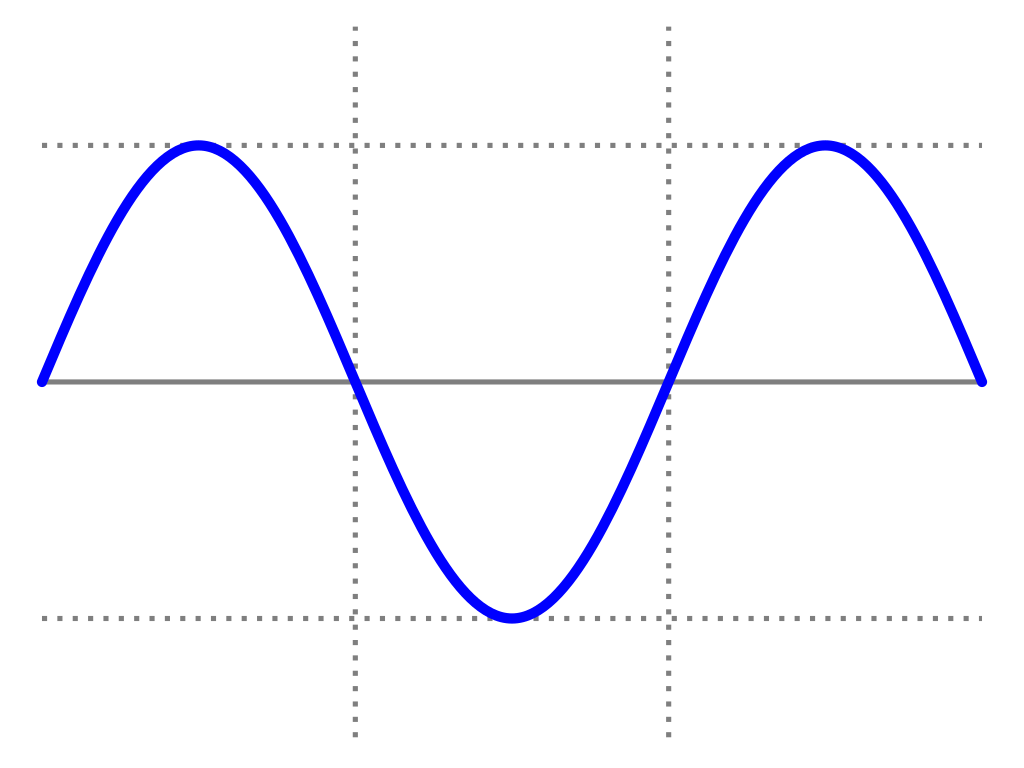SR2: Pulses of kick drum beats at different rates (tracks 1 and 2 with four 16th notes and six 16 notes per beat, respectively) come together at a high speed to create a sustained pitch. At tempo marked at 981, track 1 sustains C2 and track 2 sustains G2. Two pitches at the correct ratio creates a subharmonic. C2 + G2 = C1.
This is not a full post, but I would like to share with you a short video on pulses and how it applies to the voice.
Our voice is a versatile instrument, being able to produce a plethora of sounds. In order for us to further dive into how subharmonics work, I created a simple video using kick drum beats. The first track is four 16th notes per beat and the second track is six 16th notes per beat. If you remember, the first level of subharmonics is determined by the ratio of 3:2 in terms of vibration, regardless of the type of wave (sine, square, pulse, etc.). Track 2 @ six notes per beat and Track 1 @ four notes per beat fulfills the 3:2 ratio.



Once the drum tracks are set, the tempo starts at 120. I adjust it all the way to about 981, to which the perceived pitch is a C2 for Track 1 and a G2 for Track 2. When summed together, the final wave that you perceive is a C1. Other than the kick drums being pitched at C3, there are no sustained-note instruments used in this test.
This test is merely to show that a combination of pulses, if tuned and administered correctly, can create a sustained pitch. Is the voice a pulse-type (percussion) instrument? Not necessarily, though, vocal fry does exhibit similar waves to pulses. In this case, I am using another method to show what the essence of a subharmonic is – an interaction between two waves with pitches that are a perfect fifth apart from one source that creates a pitch below the those two pitches. Your voice is capable of doing this as well – which is why I (and many others) are deciphering and learning more about subharmonic singing.
If you are singing subharmonics, you must remember that you are not singing the fundamental, but using the upper harmonics to create the lower harmonic. Your voice teacher, coach, or director would have probably asked you to think “high” to sing “low”; you really are focusing your sound in the upper harmonics in order to create more presence and perceived volume for the lower note. In my other video example from a previous post, you saw how sine waves work the same way. So that brings us to this question – is there a “vocal fry subharmonic” as well as a “modal subharmonic”? The answer lies in the heart of battle! I mean…er… in singing!
From Street Fighter IV – Ryu
Enjoy this short demonstration of pulses, subharmonics, compression and rarefaction (and HADOKEN!)! If you have Logic Pro or any other DAW, try this out. Sustained instruments work, but the transients of those instruments are not strong enough to create a good pulse. Try a snare to change the upper harmonics of the sustained notes!
– Thou

